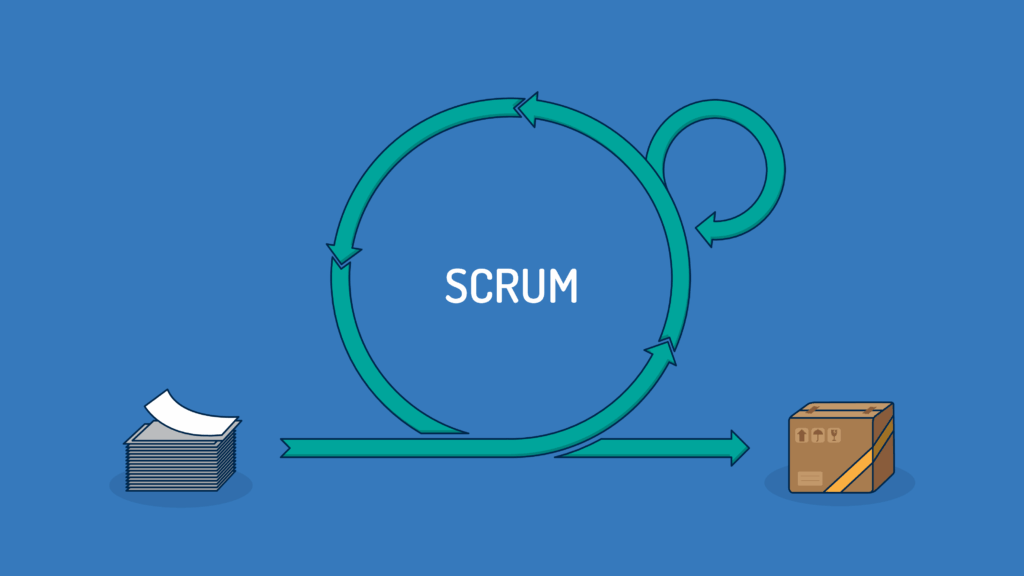What is Scrum? Advantages and Basics
Scrum is an Agile framework that has revolutionized modern project management. In a rapidly changing business world, this methodology, which enables projects to be managed more flexibly, quickly and efficiently, is especially popular in software development processes. However, the power of Scrum is not limited to technology; it can be used in many areas such as marketing, education and even organizational transformation. So, what exactly is Scrum? If you want to manage your projects more effectively, increase your team’s collaboration or step into the Agile world, read on!

Basic Principles
The methodology centers on three main principles: transparency, audit, and compliance. These principles drive a smooth process.
Transparency
The project team provides clear information about the project’s status. Team members, stakeholders, and the product owner actively track progress and identify potential issues. For example, in daily meetings, team members share their tasks and discuss obstacles.
Supervision
Regular reviews maintain process alignment. Teams conduct sprint reviews and retrospectives to evaluate performance and implement improvements, catching errors early.
Compliance
Teams adapt quickly to changing conditions, a core aspect of the methodology. When customer needs or market conditions shift, teams flexibly reprioritize tasks.
Key Components
This framework organizes specific roles, activities, and structures to create an efficient and effective process.
Roles
The framework defines three main roles:
-
Product Owner: Defines the project’s vision and manages requirements, representing customer needs.
-
Scrum Master: Guides the team to follow the methodology, removes obstacles, and facilitates processes.
-
Development Team: A self-organized, versatile team builds the product.
Events
The framework structures the process with specific activities:
-
Sprint: Teams complete work in 2-4 week cycles.
-
Sprint Planning: Teams select tasks for the sprint.
-
Daily Meetings: Teams hold 15-minute meetings to review progress.
-
Sprint Review: Teams present completed work to stakeholders at the sprint’s end.
-
Sprint Retrospective: Teams evaluate the process and suggest improvements.
Structures
-
Product Backlog: Teams maintain a dynamic list of all project tasks and requirements.
-
Sprint Backlog: Teams compile a list of tasks for a specific sprint.
-
Increment: Teams deliver a usable product piece at the sprint’s end.
Advantages
This methodology delivers multiple benefits to teams and organizations. Here are the key advantages:
1. Flexibility and Fast Adaptation
Teams quickly adapt to changing requirements. Unlike traditional methods with fixed plans, this framework allows teams to reassess priorities after each sprint, offering a significant advantage in dynamic industries.
2. Increased Productivity
Short cycles and regular feedback keep teams focused. Daily meetings resolve obstacles quickly, minimizing project delays.
3. Better Team Collaboration
The methodology fosters transparent communication and collaboration among team members. Clear roles enhance team synergy, making it easier to achieve shared goals.
4. Customer Satisfaction
The customer-centric approach incorporates stakeholder feedback during sprint reviews, allowing teams to refine the product continuously and meet customer expectations.
5. Risk Mitigation
The iterative structure helps teams detect errors early. Delivering small increments prevents large-scale errors, reducing costs and risks.
How to Implement?
Follow these steps to implement this methodology:
-
Create Team: Assign the product owner, Scrum Master, and development team.
-
List Requirements: Compile the project’s goals and requirements in the product backlog.
-
Do Sprint Planning: Set goals for the first sprint and assign tasks to the sprint backlog.
-
Execute Sprints: Complete tasks within the set timeline, monitoring progress with daily meetings.
-
Conduct Review and Retrospective: Assess the product and refine the process after each sprint.
-
Repeat: Continue with new sprints.
Who is it suitable for?
This methodology excels in:
-
Projects with rapidly changing requirements,
-
Projects where teamwork drives success,
-
Customer-focused product development,
-
Fields like software development, marketing, or organizational transformation.
In summary, this framework delivers flexibility, speed, and collaboration in project management. Grounded in transparency, audit, and compliance, it empowers teams to work efficiently and meet client expectations. It suits organizations in dynamic industries. Adopt this method to manage projects effectively and unleash your team’s potential!


